This story was originally published by Grist and appears here as part of the Climate Desk collaboration.
Danity Laukon was sitting in her bedroom in her two-bedroom flat in Suva, Fiji, when she got the call. It was November 2021, and her dad, more than 1,800 miles away at her home in Majuro in the Marshall Islands, had died after a battle with diabetes.
He was 50 years old.
Diabetes is not an illness that is directly caused by radiation. But Laukon believes that American nuclear testing in the Pacific played a role in his early death.
After years of nuclear bomb detonations in the Marshall Islands, fallout and forced relocations of communities began a ripple effect: Many Indigenous Marshallese people who had relied on subsistence farming and fishing for 4,000 years suddenly couldn’t trust the safety of their food, becoming reliant on imported products and unhealthy, non-native processed foods.
And those were the lucky ones. On Utrik atoll, where Laukon’s maternal family is from, many residents fell ill from acute radiation sickness.
Now she’s worried her community will face even more health risks. Recently, the government of Japan began releasing wastewater from the wrecked Fukushima Daiichi nuclear plant into the Pacific Ocean and plans to continue to do so gradually for the next 30 years.
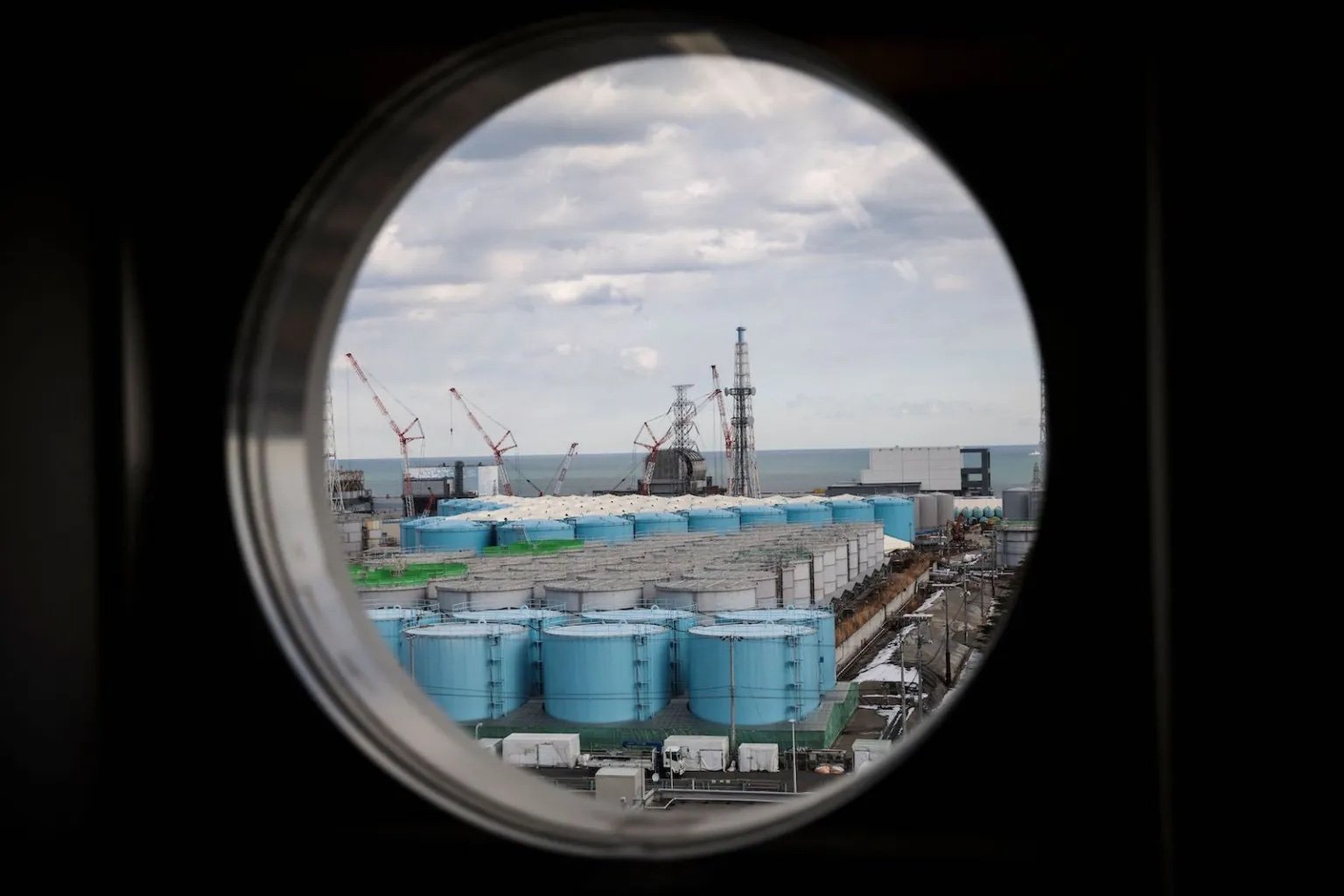
Japan is treating the water before it is poured into the sea, but the water will still contain low levels of radioactive contaminants that can’t be removed. Japan promises that the levels of contaminants present will be significantly lower than international health standards and has gained the support of a key United Nations agency. But some scientists remain concerned about how little is known about potential long-term effects of the wastewater.
Japanese officials declined to speak on the record about their plans but have publicly outlined an argument that the country is running out of room to store contaminated water from the nuclear power plant and that another earthquake — similar to the quake that damaged the plant — could release the stored water before being treated. The plan now is to treat contaminated water, then dilute it into the Pacific Ocean over the course of three decades in order to more quickly decommission the nuclear facility.
In 2011, a 9.1-magnitude earthquake struck Japan, causing a tsunami that killed more than 19,000 people and knocked out emergency generators to the Fukushima nuclear plant. In the hours after, three nuclear reactors melted down, forcing the evacuation of more than 100,000 people. Radioactive water spilled into the Pacific and was carried east by currents toward the United States. Two and a half years later, radiation from the plant was detected in waters off California, but at levels considered harmless.
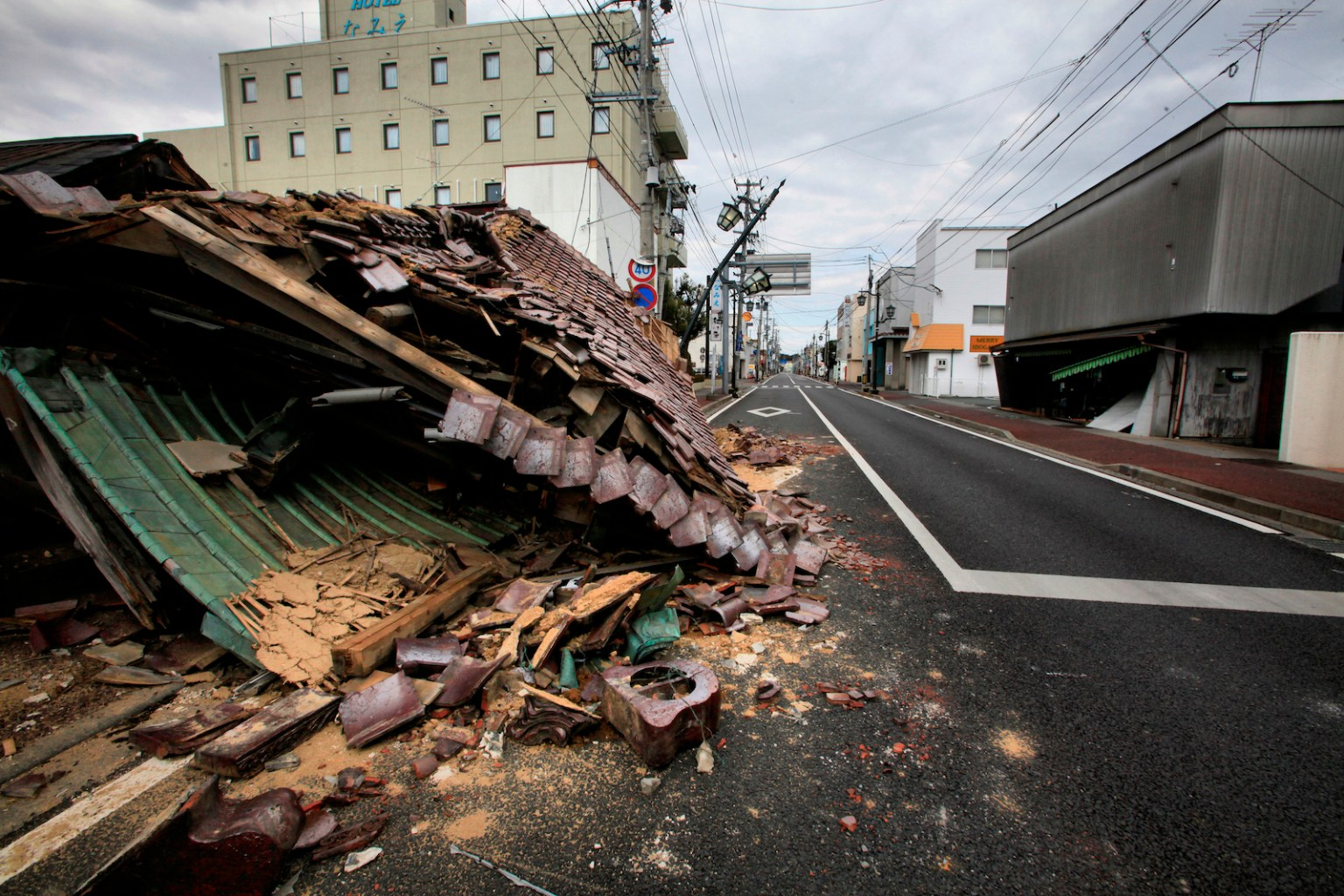
In the decade since, Japan has erected more than 1,000 tanks to store more than a million tons of water from Fukushima: rainwater, groundwater, and water pumped into the facility to cool the damaged reactors. Once treated, that water will be poured into the Pacific for the next three decades.
Japanese officials have promised that the levels of contaminants present in the wastewater will be significantly lower than international health standards, and the International Atomic Energy Agency, a United Nations agency that oversees nuclear energy, greenlit the plan when it released a report describing the wastewater as having a “negligible radiological impact on people and the environment.”
However, some scientists remain concerned about how little is known about potential long-term effects of that wastewater, while many Indigenous peoples in the Pacific, like Laukon, worry that the move will add an additional burden to the health disparities communities already face. For Laukon, Japan’s decision is an extension of a long-running history of using the Pacific as a dumping ground for nuclear waste.
“It’s giving us more to deal with,” she said. “It feels helpless.”
During the Cold War, Britain, France, and the U.S. tested more than 300 nuclear bombs across the Pacific regions of Polynesia and Micronesia as well as in the deserts of Australia. After a detonation in the Marshall Islands, children on Rongelap atoll ate “snow” that fell from the sky that later turned out to be calcium debris from the fallout. Radioactive debris clung to the coconut oil of women’s hair.
At Fukushima, one concern about the discharge is around tritium, a radioactive isotope produced in nuclear reactors that can’t be removed through Japan’s treatment process. Japanese officials say that once the wastewater mixes into the ocean one kilometre off Japan’s shores, the amount of tritium present is expected to be well below the World Health Organization’s standards for drinking water quality — 1,500 becquerels per litre compared with the WHO limit of 10,000 becquerels per litre; levels comparable to those in water released from normally-operating nuclear power plants in China, the United Kingdom and Canada.
Japan says the discharge is safe, but Timothy Mousseau isn’t so sure. The biologist and professor at the University of South Carolina and author of an exhaustive review of existing studies on tritium currently awaiting publication.
“The bottom line from my perspective is that (tritium) has been insufficiently studied to be making hard promises about the long-term safety of this kind of release,” Mousseau said. “We don’t actually really understand what the potential ramifications of a massive point source of tritium will be on the natural environment.”
While exposure to tritium through swimming or drinking water isn’t a risk, the radioactive isotope can bioaccumulate through the food chain. Studies of mice and rats suggest that ingesting tritium could lead to cancer and fertility problems, Mousseau said, but whether that would happen in humans isn’t clear because the radioactive isotope hasn’t been studied enough.
“We really don’t know whether there will be a significant hazard to humans at the end of the food chain,” said Mousseau.
That potential to impact the food chain is a big concern to Robert Richmond, director of the Kewalo Marine Laboratory at the University of Hawaiʻi and a professor who specializes in marine conservation biology and coral reefs.
Richmond is part of a panel of experts advising the Pacific Islands Forum, the chief diplomatic body representing Pacific island nations, on Japan’s plan. In February, he visited Japan to meet with the country’s scientists about the release. He left unimpressed by the lack of data they provided regarding the contents of their water tanks and the effectiveness of their treatment system.
“When they say the science is impeccable — no, anything but,” he said.
Richmond and his fellow scientists saw red flags in what data did exist including inconsistencies and poorly designed sampling protocols. One of Richmond’s colleagues, Kenneth Buesseler, is a marine radiochemist and senior scientist at the Woods Hole Oceanographic Institution.
Buesseler says the water flowing through the plant is exposed to more radiation than cooling water in normally functioning nuclear reactors because it’s in direct contact with molten coil. That means the water will need to be treated multiple times to reach the health standards that Japan has promised. He doesn’t believe Japan has effectively demonstrated that its treatment system can consistently remove the high levels of dangerous compounds present in the wastewater.
He also doubts that there’s an urgent need to get rid of the water and says Japan should consider other viable alternatives. The rush to discharge the water, Richmond said, suggests Japan is choosing the cheapest, most politically expedient method to get rid of the nuclear waste rather than doing what’s best for its neighbours and the ocean, which is already stressed from the effects of climate change, plastic pollution and ocean acidification.
“Once you’ve made a mistake, there’s no turning back, and all the monitoring in the world does nothing to protect ecosystems or the people who depend on them,” he said. “It simply tells you when you’re screwed and that doesn’t really do anything.”
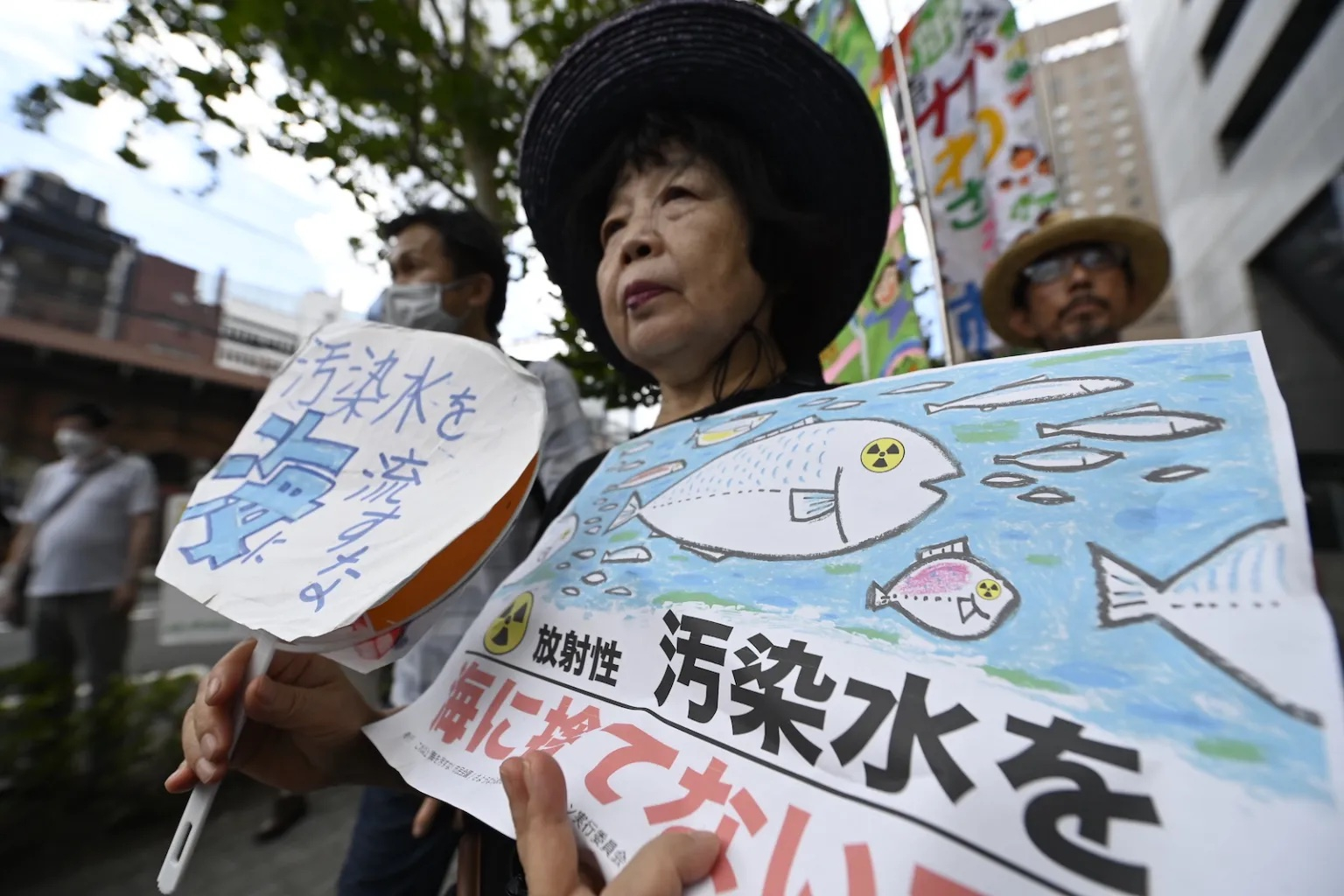
Pacific opposition to the plan was initially strong, but after Japanese officials carried out a multimillion-dollar advertising campaign to sway public opinion including meeting with Pacific leaders, several expressed support, most recently Fiji Prime Minister Sitiveni Rabuka.
On Twitter, Rabuka called the comparison of Japan’s controlled wastewater discharge to historic nuclear testing in the Pacific “fear-mongering.”
“It’s impossible to compare those nuclear tests with the careful discharge of treated wastewater from Fukushima over a period of approximately 30 years,” he wrote.
But other leaders, like Vanuatu’s foreign minister, remain unconvinced. Sheila Babauta, a former legislator from the U.S. Commonwealth of the Northern Mariana Islands, abbreviated as CNMI, authored a resolution that condemned Japan’s plan in 2021. Today, she remains resolute in her opposition.
“I’m deeply concerned for the people of the CNMI and how decisions by major world powers are being made without our knowledge and how that’s going to impact our lives today and for future generations,” she said.
When Laukon was visiting Honolulu, they woke up to Facebook messages from friends asking her about Japan’s plan to release the wastewater that week. What could they do? Could they put out a statement criticizing the plans? Would it make a difference?
It took her a while for the reality to sink in — the fact that what she and others had been campaigning against was actually happening.
“To be honest, it feels helpless to really voice what you want to say because does it matter? Are they listening?” she said. “But it does matter. Whatever we do now will still affect later generations. And that’s why I’m worried.”
It was hard to put how she felt into words. What could she say that could capture the feeling she had about what she feared, what this big decision that was so far out of her control meant for her people?
She finished composing a poem she had started writing in Fiji. It was about a turtle who lays eggs under the full moon, only to realize they won’t hatch.
“Under a full moon / I see raindrops / blue water / an island is grieving / in silence,” she wrote.
The story here seems to be
The story here seems to be the PR effort of the Japanese government to support a quick release of the effluent rather than conduct more research on its toxicity and more extensive treatment while storing it safely.
But the other story here is the conflation of nuclear power and nuclear bombs in the same sentences. It is all too common. This piece is pretty tame compared to Greenpeace which doesn't even pretend to assign peer-reviewed science or in depth research to its stance, not even a tiny fraction of the respect it gives climate science. At least this author didn't ask for a donation of $US25 per month.
The BC coast was inundated with debris from the massive subduction earthquake and tsunami in Japan. This brought in a lot of genuine concern by the scientific community -- and a shipload of kneejerk fearmongering by folks who should know better -- about radioactive seawater from the wrecked power plant. Years of sampling and testing of waters on the coast, however, found no trace of radioactivity beyond background levels that are always present.
This doesn't mean they should just release the waste water. It means that better research on treatment and honest reporting should come forward. Maybe the research will indicate the waste water should be stored indefinitely, or perhaps different treatment methods will produce better results and allow a quicker release. We don't know because of the occlusion by government PR and the lack of neutrality in the reporting.
One of my uncles spent 45 years working as a senior engineer with Ontario's nuclear power program working directly inside various plants. He died recently ... at 93. The Darlington plant is currently being recommisioned ... it's on time and on budget. Not every story on nuclear power is bad or scary or riding Dr. Strangelove's bomb like a bucking bronco to certain destruction.
I really don't think there's
I really don't think there's anything illegitimate about referring to nuclear weapons when talking about nuclear power. In this particular case, if you're going to talk about discharges of radioactive materials into the Pacific, there are certain obvious cases that have happened. I don't really see why it makes a difference if the discharge is from slower fission over long periods of time or fast fission in a sudden event (ie in this case a bomb test). More broadly, the existence and spread of nuclear power has always had a deep and intertwined political connection with the existence and proliferation of nuclear weapons; it's hard to talk in much depth about one while ignoring the connections to the other. Canada's Candu reactors in a country with no nuclear weapons look superficially like they could be an exception to this rule, but they absolutely are not.
1) This release sets a very
1) This release sets a very dangerous precedent.
2) it is unnecessary. TEPCO can store the water for 100 years or more.
3) One can be sure that TEPCO executives want to get rid of their problem by the cheapest method they can get away with.
4) Despite what one reads, it is possible to remove tritium from water; there exists a tritium removal facility in Darlington, Ontario.
5) Rather than releasing the water, TEPCO should offer a $100,000,000 reward to anyone who can come up with a practical method of removing the tritium.
6) We need to know the basis of the IAEA decision. Note that the IAEA is biased in favour of nuclear energy and should not be trusted completely.
7) How much tritium in sea water results in one additional cancer in the world per millennium? That should be an upper limit for any release.

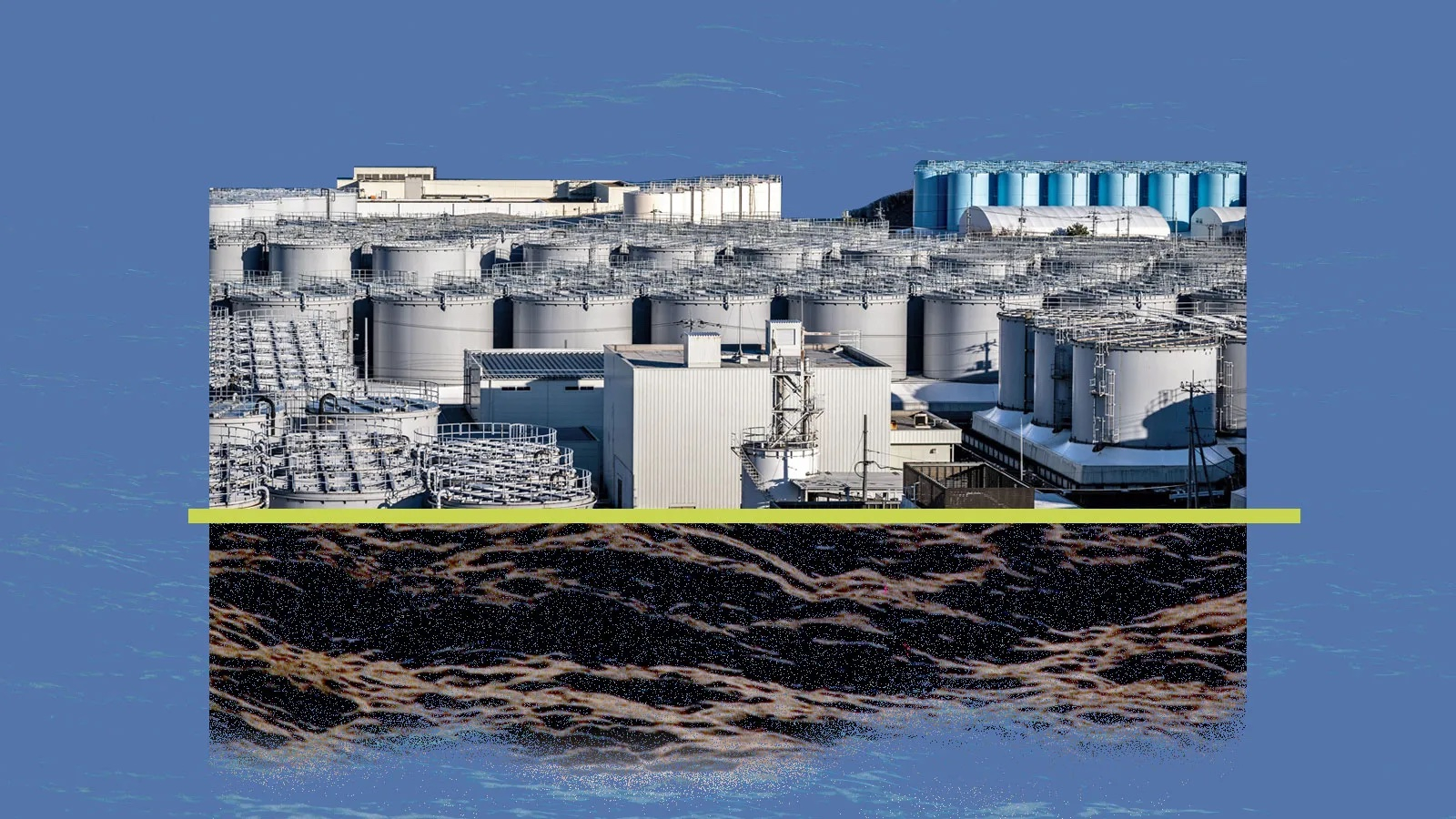
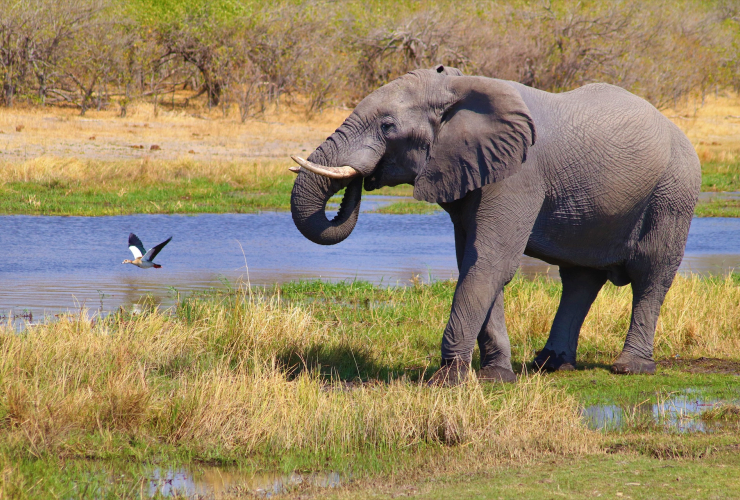
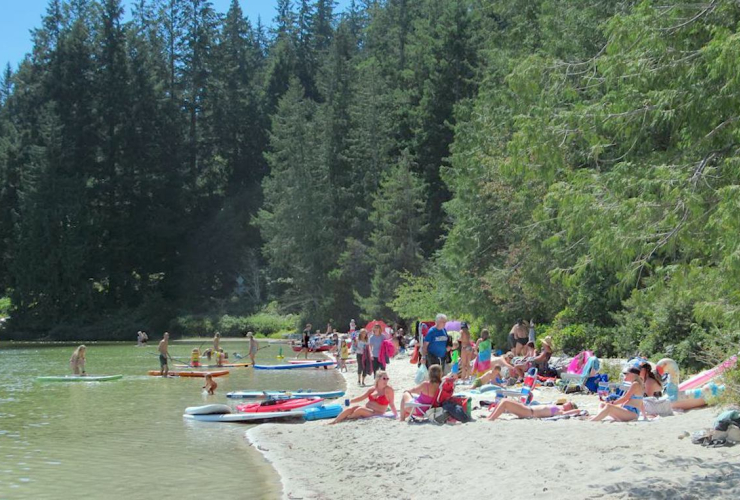
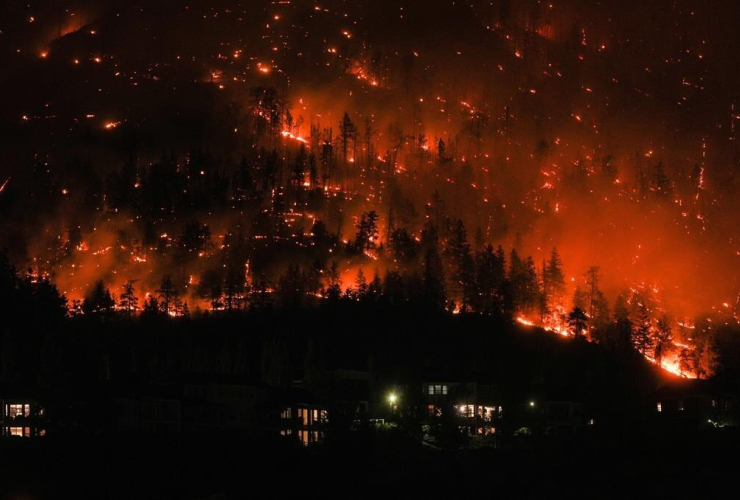
Comments